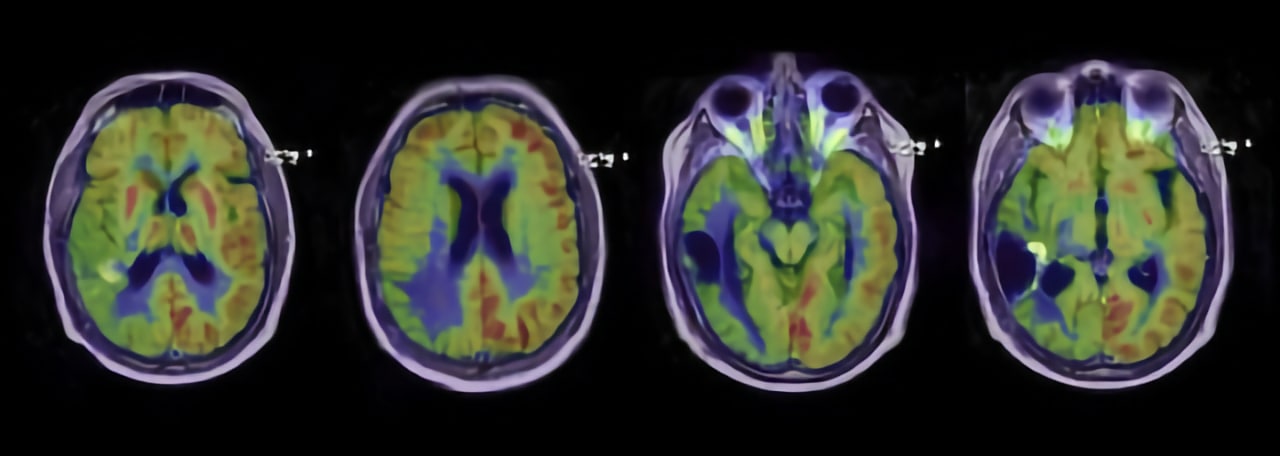Radiology Research
Our Mission
To enhance health care delivery by improving diagnostic methodologies and treatment capabilities
About Us
Research in Radiology is inherently interdisciplinary and technologically oriented. Development of new imaging technologies for application to clinical radiology - often called translational research - is an important component of the research program.
The goals of the Radiology Research Program are best achieved by providing technological infrastructure and by fostering the productive integration of clinical, translational, and basic science research efforts.

